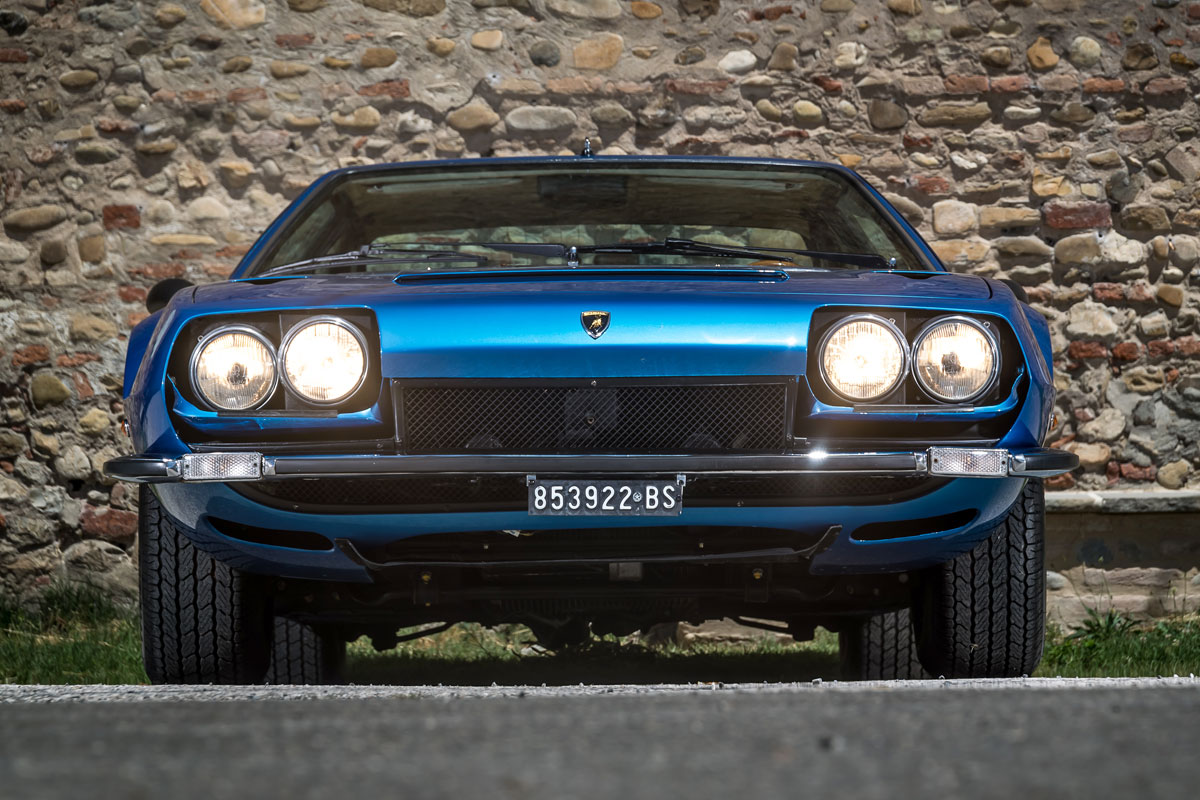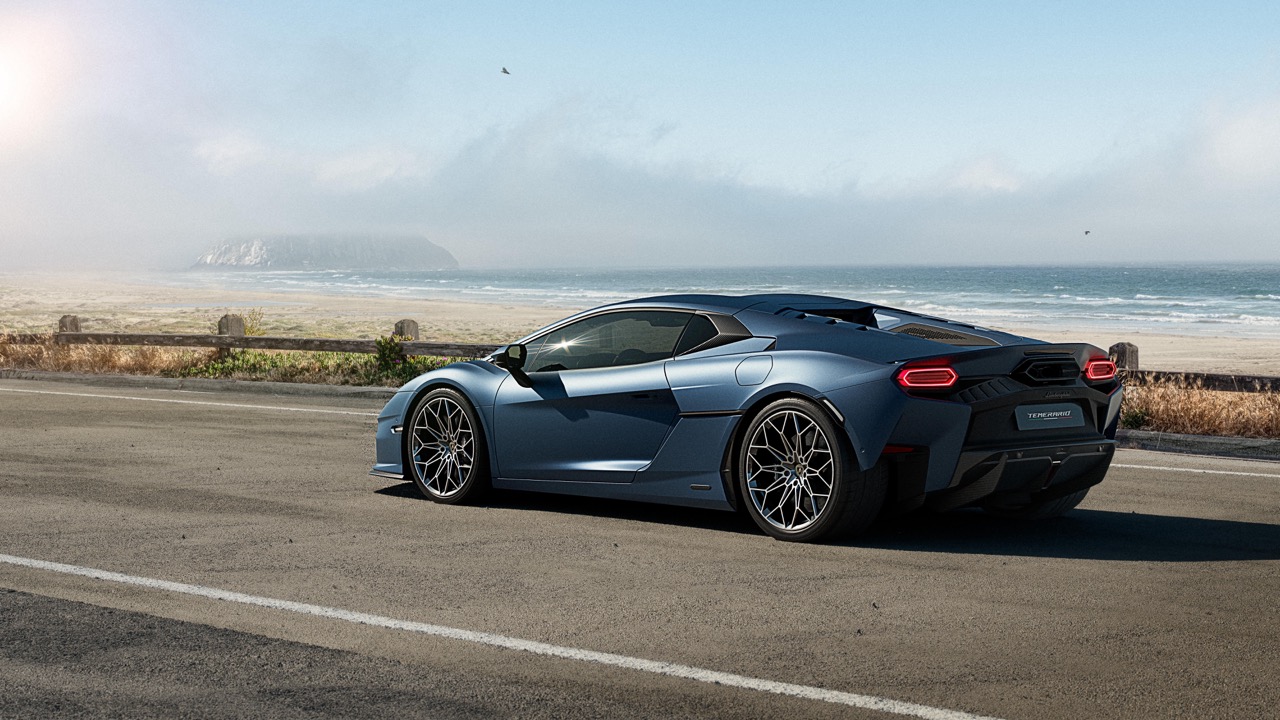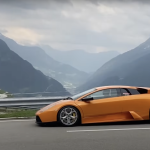If not for a minor accident, Dr. Georg Gebhard would have had no idea just how special his 1967 Miura really was.
“I just wanted an early one, because they were only 930 kilos,” he explained as he showcased the car this fall at the Concorso d’Eleganza Varignana 1705 in Italy. “The next one was 1100 and the last one is half a tonne heavier. It also has a very brutal sound.”

The German scientist and car collector determined that his Miura, chassis number 3045, had been delivered new to Italian textile magnate Felice Riva and had a couple of owners in France before Gebhard bought it in 2004. What he knew, it turns out, was only a fraction of the story.
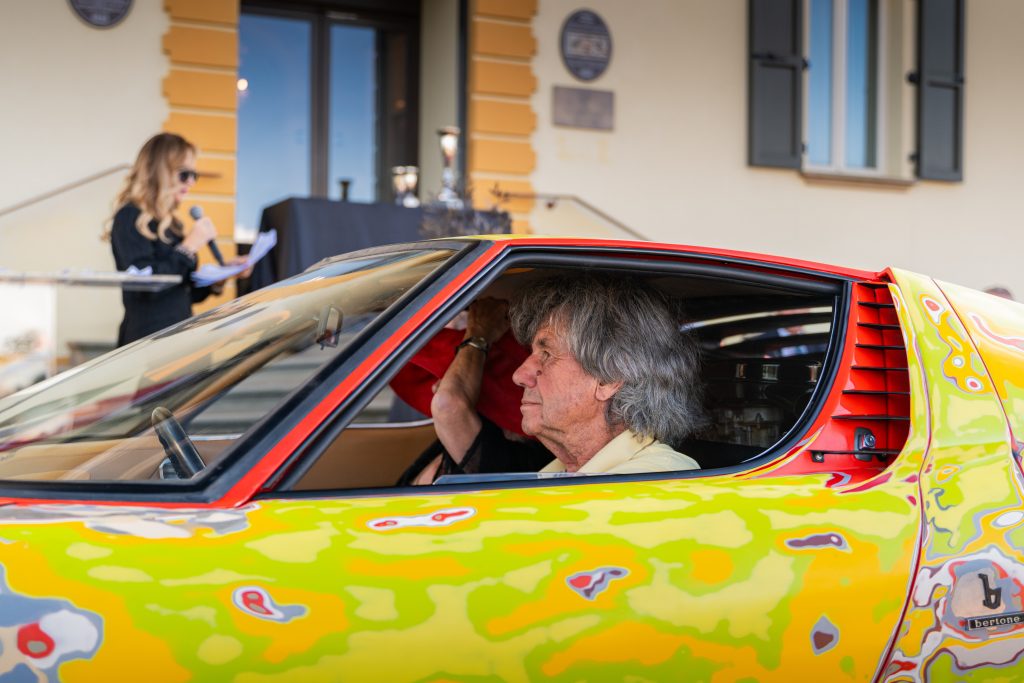
“We had a small repair and the painter called us and said there were more colours underneath,” Gebhard recalls. “We looked at it, and my wife wanted to scratch it all back like it is now, but I didn’t want to and said, let’s do it in the original colour [Rosso].”
“Then three years ago we had another small repair at the front, and we saw all the colours again. We decided, let’s do it – scrape it back and see what we find. I did it with the painter and spent two weeks scratching off the paint by hand – I would call it reverse painting. Of course the problem with reverse painting is when you scratch off too much, you will not get it back.”
As he began to reveal multiple different colours – more than 20 layers in total – Gebhard realised he was creating a piece of automotive art. He refers to works by Russian abstract painter Wassily Kandinsky and others as inspiration.
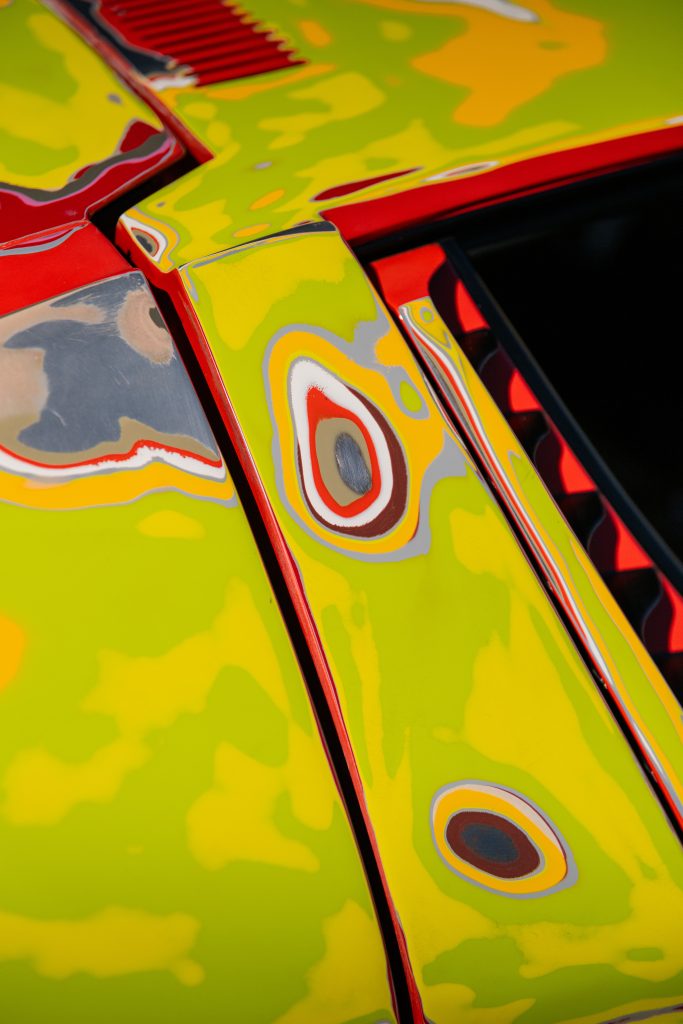
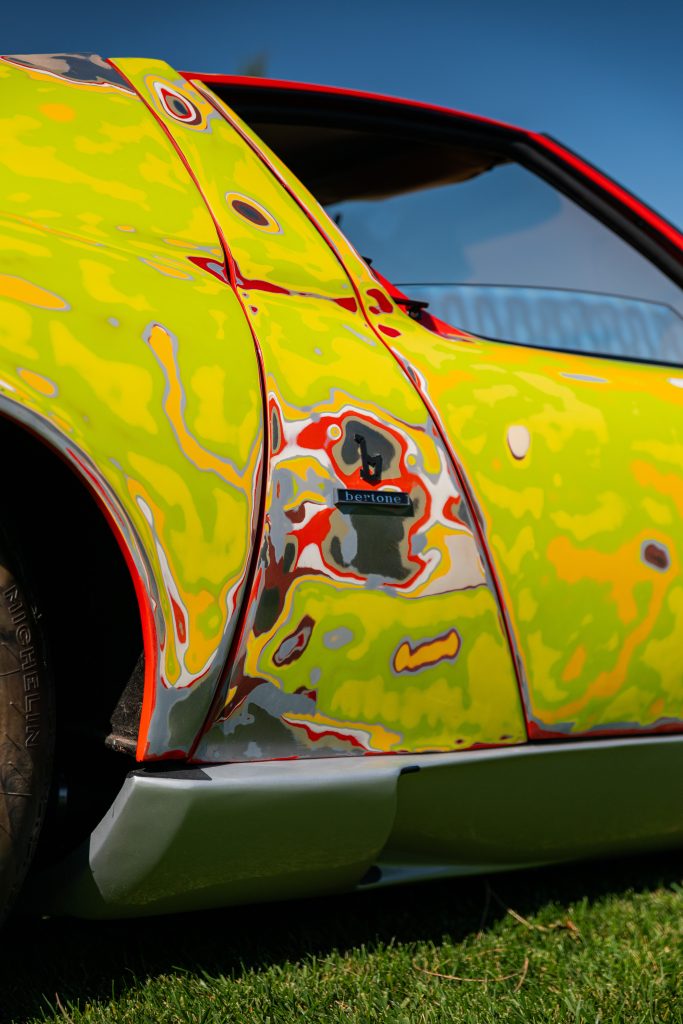
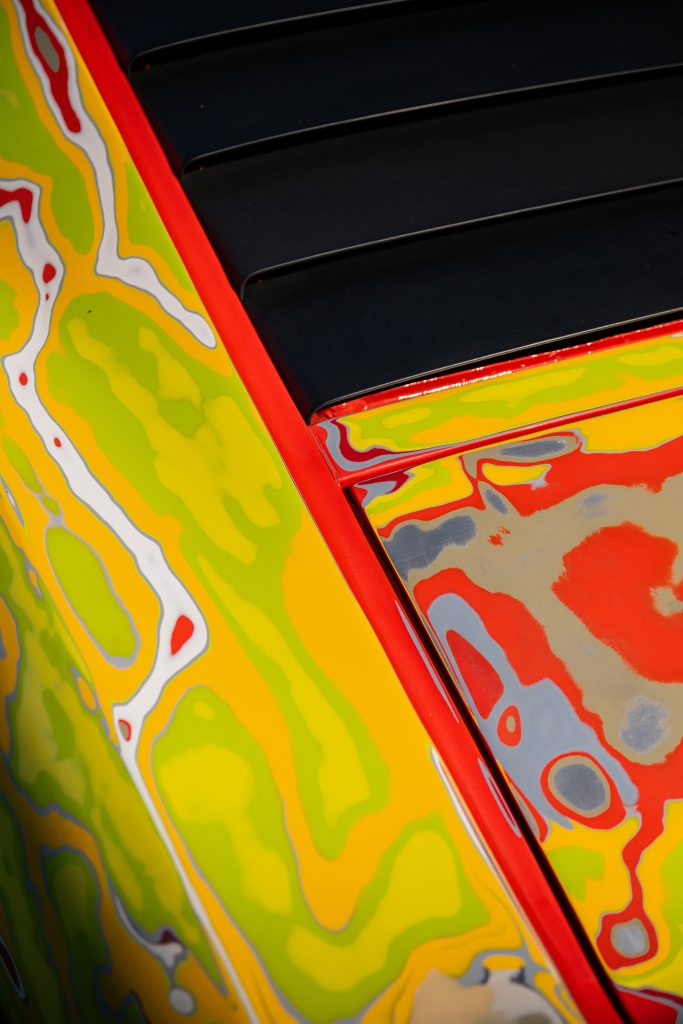
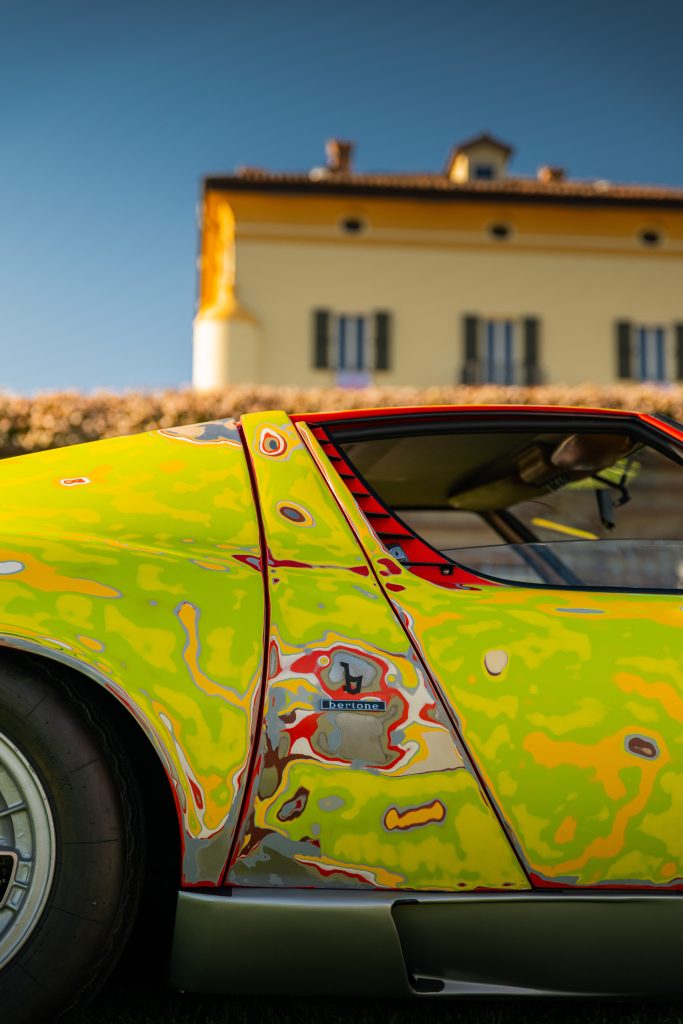
The result is unquestionably the most unusual looking Miura. Even more fascinating is how its vivid colours may reveal a long-hidden history.
Gebhard shares that after more than two years of research, he unearthed an extraordinary story. It was widely believed that the original Miura “Sperimentale” prototype had been destroyed after a collision with a truck, but the colours on Gebhard’s car painted a different picture.
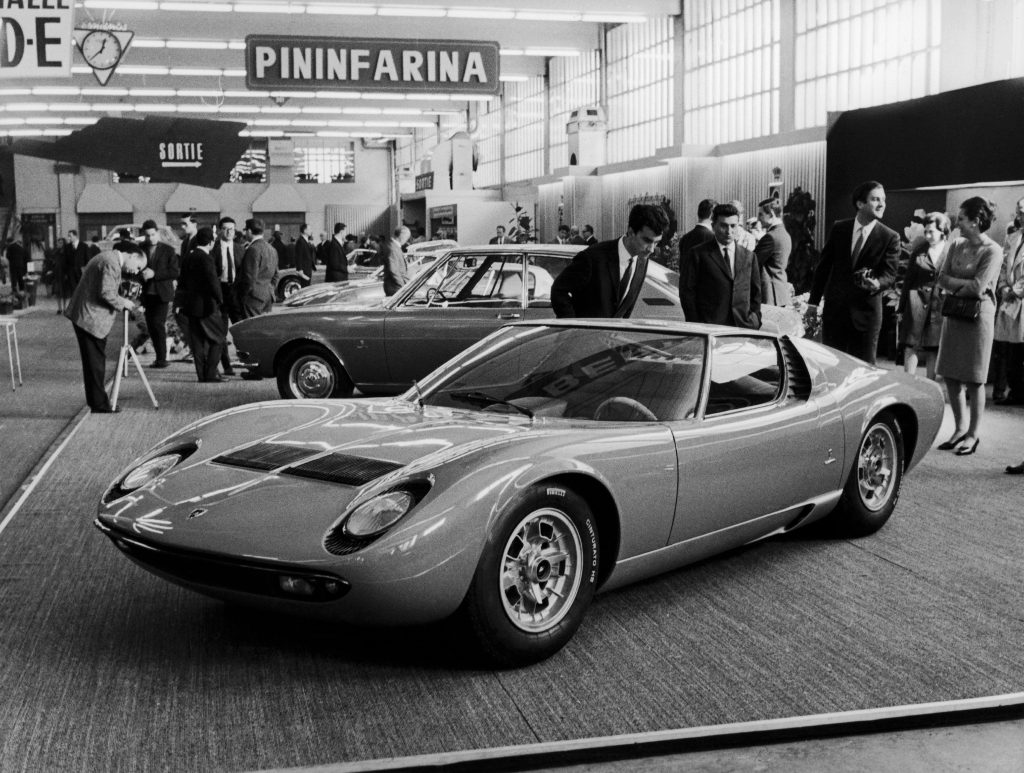
The Miura that Lamborghini revealed at the 1966 Geneva auto show was chassis number 0502, which was sprayed Rosso (later known as Arancio). At Turin, a Miura appeared in Bianco. Further show cars wore Argentino Indianapolis and Giallo Sole. At the 1967 Geneva show, a Miura appeared again in Argentino Indianapolis and, later that year, in Giallo Verde. Gebhard asserts that this was exactly the sequence of colours revealed as he painstakingly removed layer after layer. All lay beneath the Rosso hue in which the car was sold to first owner Riva.
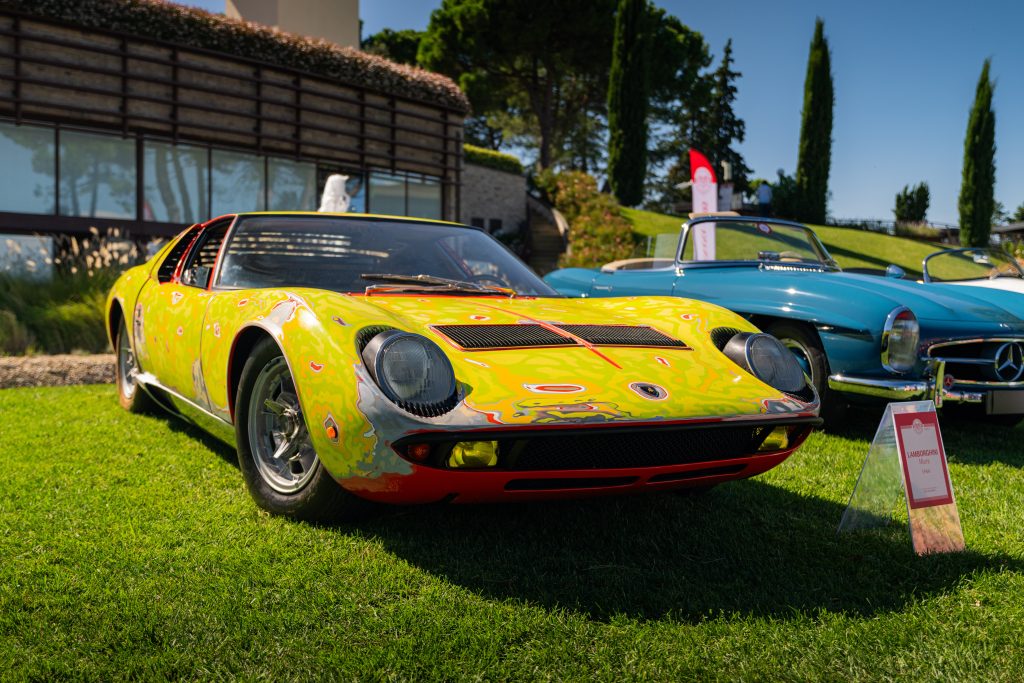
“So that means it was done before,” he adds. Gebhard says he subsequently spoke to former employees at Bertone who confirmed that just one Miura was painted over and over – Lamborghini wanted to test public reaction to the different colours.
Gebhard’s detective work does present compelling evidence that his may well be the prototype show car, even though its chassis plaque number is not the same. “It was so easy to replace and put any number they wanted on [the car],” he says. Hagerty has not been able to independently verify Gebhard’s assertion.
Gebhard estimates all those extra layers of paint added 50kg to the Miura, so it’s not exactly the lightweight he originally wanted – but it’s even more special than that.

